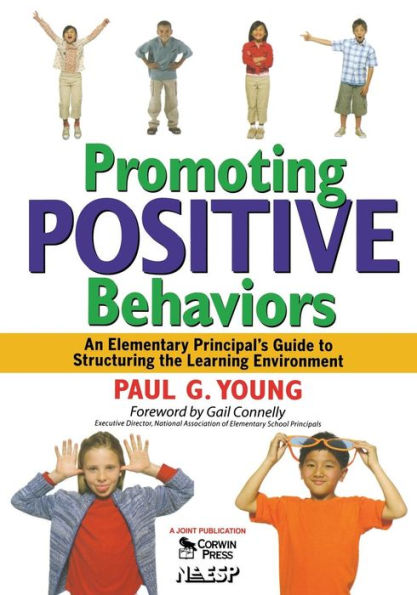5
1
9781412953047



Promoting Positive Behaviors: An Elementary Principal's Guide to Structuring the Learning Environment / Edition 1 available in Hardcover, Paperback, eBook

Promoting Positive Behaviors: An Elementary Principal's Guide to Structuring the Learning Environment / Edition 1
- ISBN-10:
- 1412953049
- ISBN-13:
- 9781412953047
- Pub. Date:
- 12/11/2007
- Publisher:
- SAGE Publications
- ISBN-10:
- 1412953049
- ISBN-13:
- 9781412953047
- Pub. Date:
- 12/11/2007
- Publisher:
- SAGE Publications

Promoting Positive Behaviors: An Elementary Principal's Guide to Structuring the Learning Environment / Edition 1
$30.95
30.95
In Stock

Product Details
| ISBN-13: | 9781412953047 |
|---|---|
| Publisher: | SAGE Publications |
| Publication date: | 12/11/2007 |
| Edition description: | New Edition |
| Pages: | 136 |
| Product dimensions: | 7.00(w) x 10.00(h) x (d) |
About the Author
From the B&N Reads Blog



